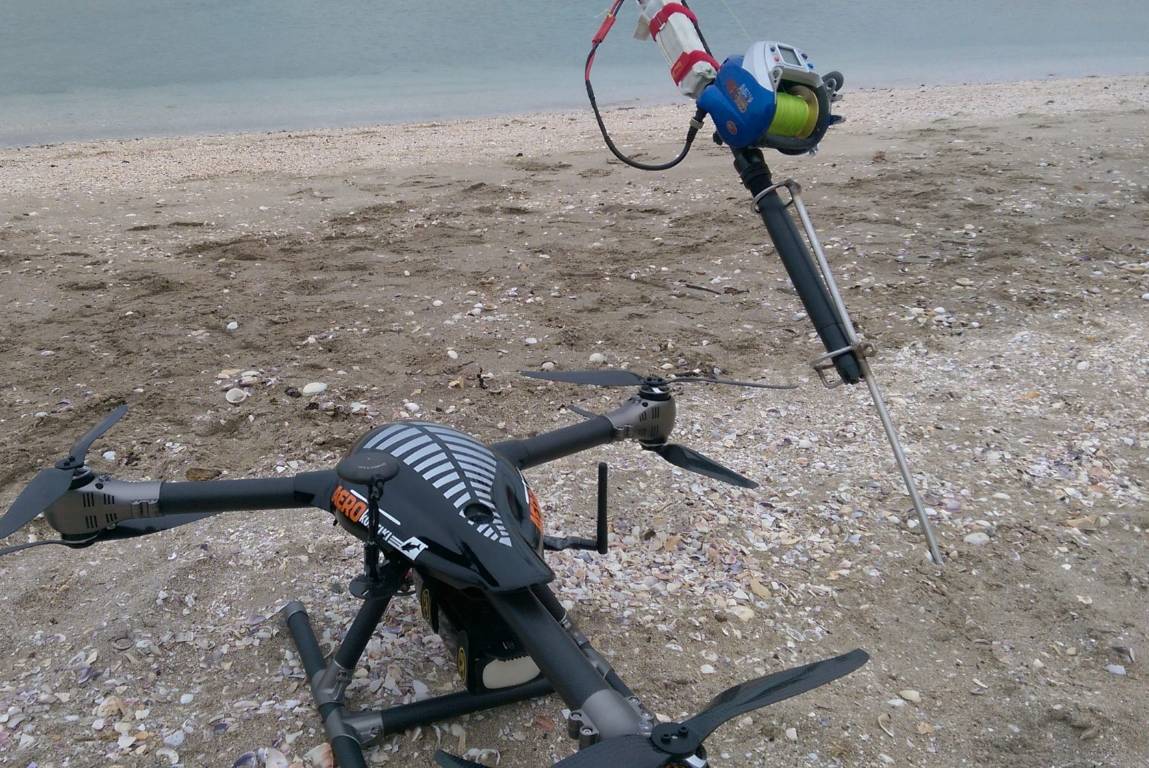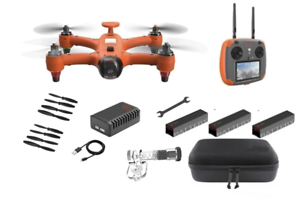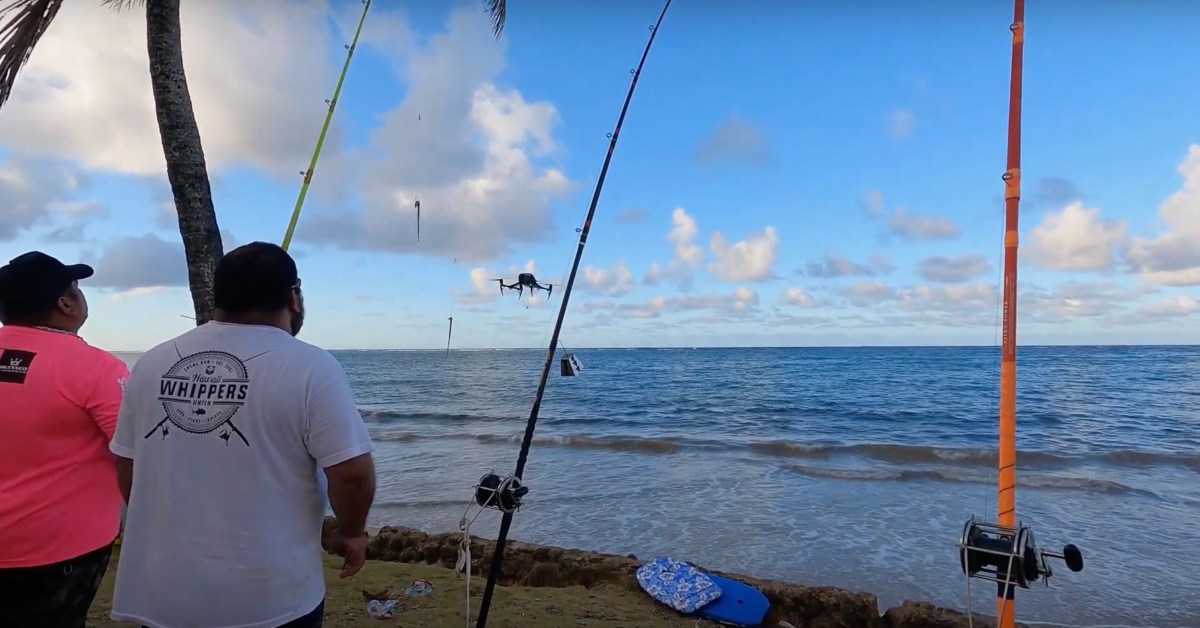
It is important to know the rules and regulations when you use a drone for fishing. Watch instructional videos about how to fly drones to catch fish. You can also read our article about drone ethics. Here, we'll go over a few of the ethical concerns that surround the use of drones for fishing. And don't forget to check out our drone fishing gear guide.
Regulations for drone fishing
While watching a video of drone fishing for tuna on YouTube, you may wonder what the regulations are. While there are many reasons to adhere to local laws, safety is the most important. You need to follow the right laws in order to protect the lives of both you and the fish. In this article, we'll discuss some of the most important regulations and ensure you're following them. Remember to adhere to the International Game Fish Association's rules.
Drones cannot operate over public places such as sporting events and stadiums. They can't carry weapons or stay within a half-mile of sporting events. Drone operators must always be able to see their aerial equipment. Additionally, drones are not allowed to fly above people, stadiums, and critical infrastructure. If you aren't sure what the rules are regarding drone fishing, contact your local law enforcement agency or consult an attorney.

While many states have adopted laws governing the use of drones, some states have yet to pass them. For example, Illinois has recently enacted SB 2167. The bill prohibits the operation of drones within state parks without prior permission. It also establishes privacy rights, and specifies the rules for recreational and commercial drone operators. It also bans drones interacting with wildlife and hunters. These new laws are expected in a few decades.
Drone fishing raises ethical concerns
Drone fishing isn't without controversy. There are companies that sell underwater drones capable of fishing for fish. The drones' video content often shows the actual fishing process. This is similar to casting your line to catch a fish. The process of taking a fish from water is different. If you are ethically concerned about this fishing method, you might consider looking elsewhere for entertainment.
While there are obvious advantages to using drones for fishing, some have argued that they may be cheating the fishing population. Even though fishing hasn't changed much over time, drones can be used to catch fish and may reduce the excitement of the chase. A drone's use can pose problems for conservation. Before you buy a drone for fishing, here are some ethical considerations.

Drone fishing is not a good option. Drone fishing can be harmful to the environment and could overfish endangered species. While some states permit drones for recreational fishing, others prohibit it. There are a number of limitations to drone fishing, including the fact that they must be expensive. The drones you buy might not be as capable of controlling the range, GPS functionality, lifting power, or control range that you need. If the line gets tangled, drone fishing can result in fish being lost. Finally, there are issues with piloting.
FAQ
Which US states make drones legal?
You can legally operate a drone for hobby purposes. The Federal Aviation Administration has created guidelines to allow small unmanned aircraft system (UAS) use. Before UASs can be flown, they must be registered with FAA. The FAA also allows commercial operators to fly these devices if certain conditions are met.
Does the FAA regulate drones?
The FAA oversees all aspects regarding drone operations, including safety standards and certification requirements.
How can I keep drones out of my house?
Drones are increasingly popular for home surveillance. However, they pose a threat to privacy and security. You can prevent drone attacks by installing motion sensors around your home and using them to detect any unauthorised flying objects.
What kind batteries does a drone need?
The majority of drones use lithium-ion cells. A typical drone uses between 3 and 6 volts.
Can I fly my drone indoors without a license?
You can fly your drone indoors. It is important to make sure there are no hazards or obstacles in your home. Avoid flying near heating vents, heating vents and air conditioning units.
Is it possible to fly a helicopter while driving?
Flying a drone while driving is dangerous because you could crash into another vehicle or object. Additionally, you may hit pedestrians or animals. You could also damage your car if you hit power lines, trees, or other buildings.
With a drone, can someone spy on me?
Anyone can spy on you with a drone. The only way to protect yourself from drones is to be aware of them and avoid areas where they may fly. You should immediately call 911 if you see a drone fly around.
Statistics
- According to the multiple listing service (MLS), houses and apartments with drone photographs are up to 68 percent more likely to sell than those without pictures. (thedroneu.com)
- According to Indeed, a drone pilot gets paid $25.73 per hour on average in the US. (dronesgator.com)
- According to industry research from ZipRecruiter , there are 10 cities where the typical salary for a Drone Pilot job is above the national average. (dronesgator.com)
External Links
How To
How to Fly Drones for Beginners
A drone is a remote-controlled aircraft used for aerial photography, cinematography, surveillance, scientific research, and hobby purposes. Drone technology has existed since World War II. DJI's Phantom series of quadcopters was the first to be commercially used. Since then, there have been many different types of drones available, from beginner-friendly models like the Parrot AR Drone 2.0 to professional-grade multi-rotor craft like the DJI Mavic Pro.
There are many methods to fly a Drone, including
-
Remote control - This allows you to control the drone from your hand. There are two main types of controllers: On/Off switches (like a radio) and joysticks.
-
Manual Control – This allows remote operation of the drone via GPS coordinates using a smartphone application. You will need to keep track of where the drone is going and follow the directions from the app.
-
Autonomous flight - The drone takes over the piloting duties. It is basically flying autonomously and without human intervention. It must have a builtin camera, sensors capable of taking images and data to enable autonomous flight.
-
Triggered Flight – This method is very similar to manual flight. The pilot creates a route that the drone will follow until it reaches the destination. The drone automatically lands once the route has been completed and returns to the base.
-
Landing Gear - Some drones come equipped with landing gear that allows them to land safely if they lose power or run out of battery during flight.
-
Goggles – Pilots often wear goggles while flying to keep themselves safe from any debris.
-
Camera - Certain drones come with cameras that allow you to take photos and videos from high above.
-
Obstacles: Some drones are equipped with obstacle avoidance systems to prevent them from hitting obstacles.
-
Speed - Some drones can reach speeds of over 40 mph.
-
Battery Life - Most drones last between 20 and 3 hours depending on how much power they have.
-
Range - Depending on the model, some drones can travel up to 30 miles away.
-
Power source: Some drones will require an external power source while others can be powered by internal batteries.
-
Weight – Some drones are less than one pound, while other models can be up to four pounds.
-
Size - From small drones that can be carried in the palm of one's hand to larger drones that weigh over 50 pounds, drones come in a variety of sizes.
-
Price - High-end drones can go for thousands of dollars, while low-cost models start at $100.